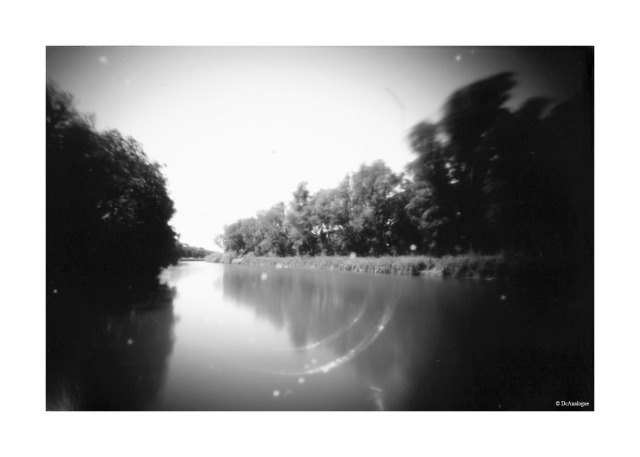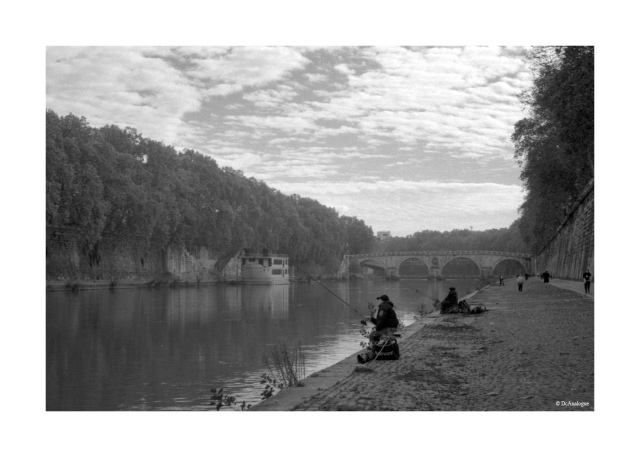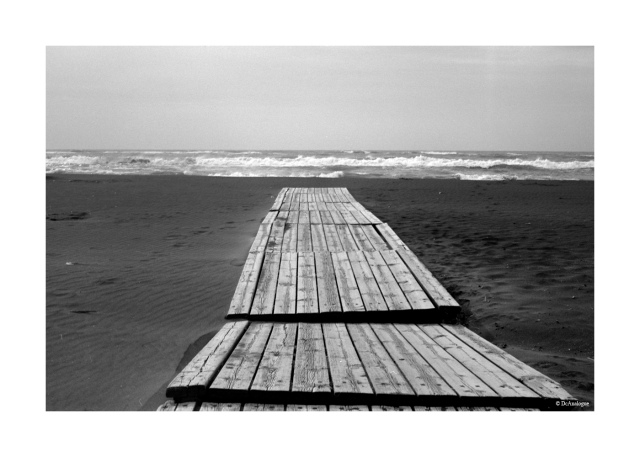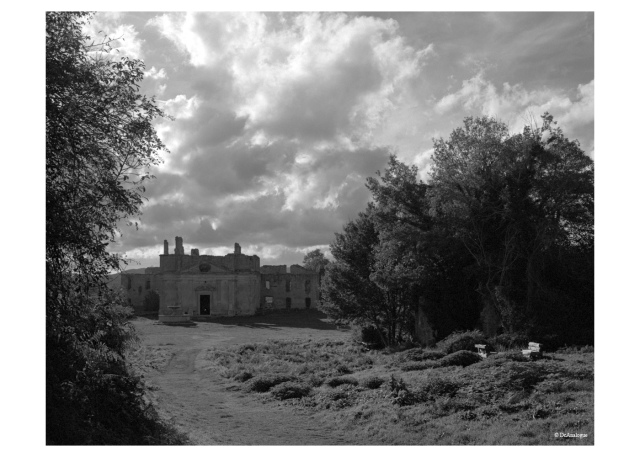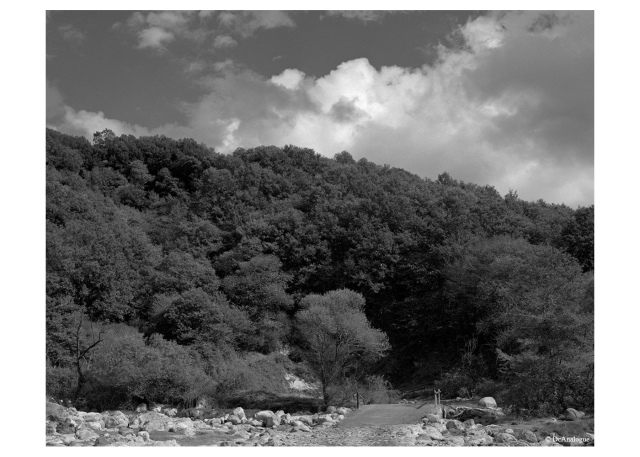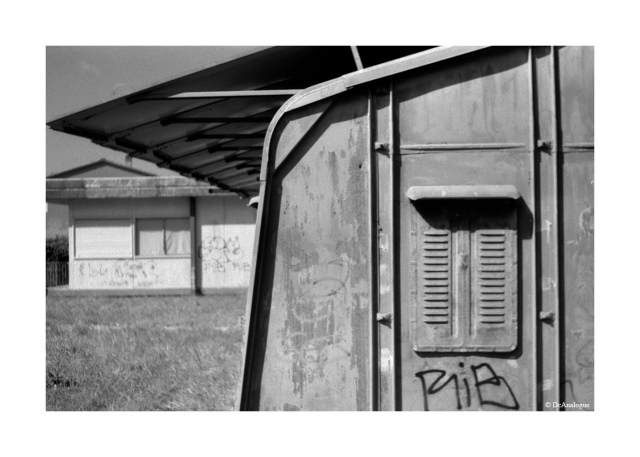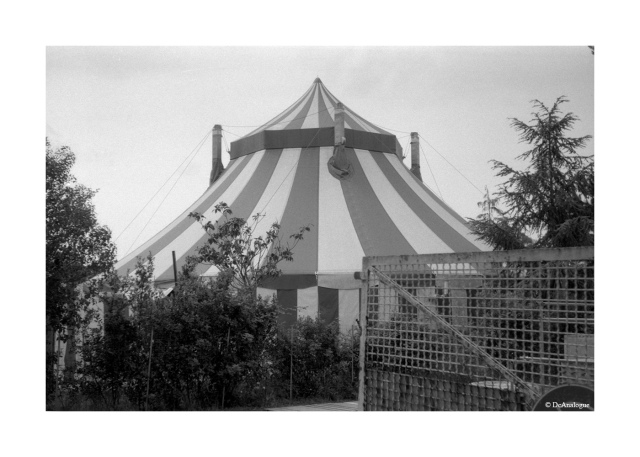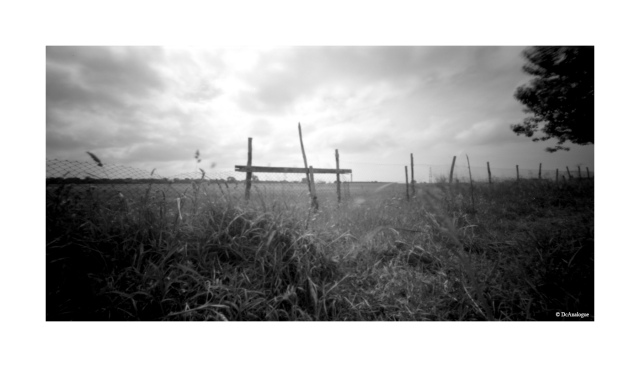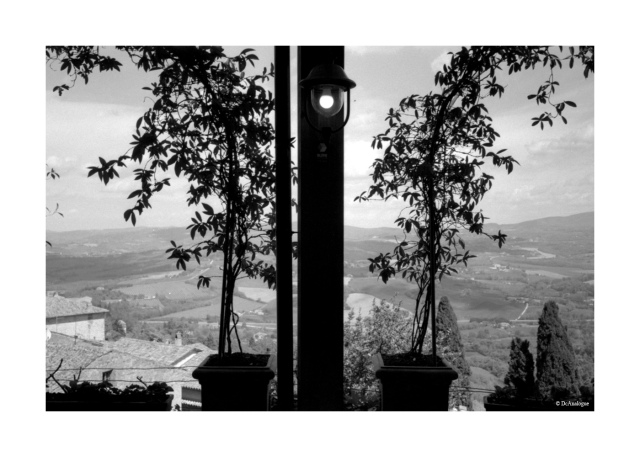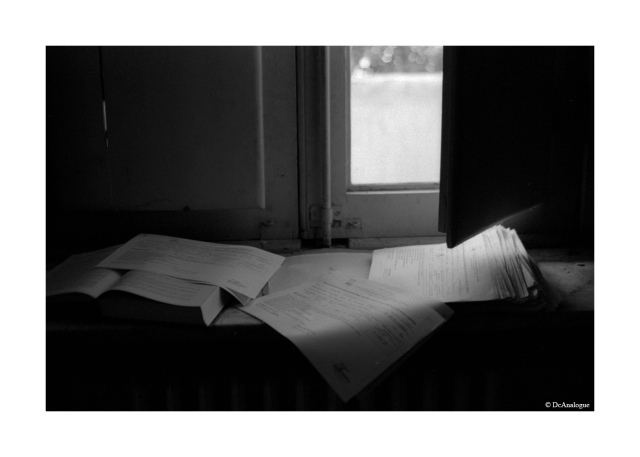
As mentioned in the previous post on the Canon 55 Qd, I went back after a year, in some of the places affected by the disastrous earthquake of 2009 in L’Aquila. This time, I used the camera with the 50mm f/1.8 II lens in some locations where the light was very poor. That’s why I had to push the Kodak Trix @ 800 Iso and in spite of that, in some cases, I had to use very slow speeds handheld. The results, however, do not seem despicable at all.
